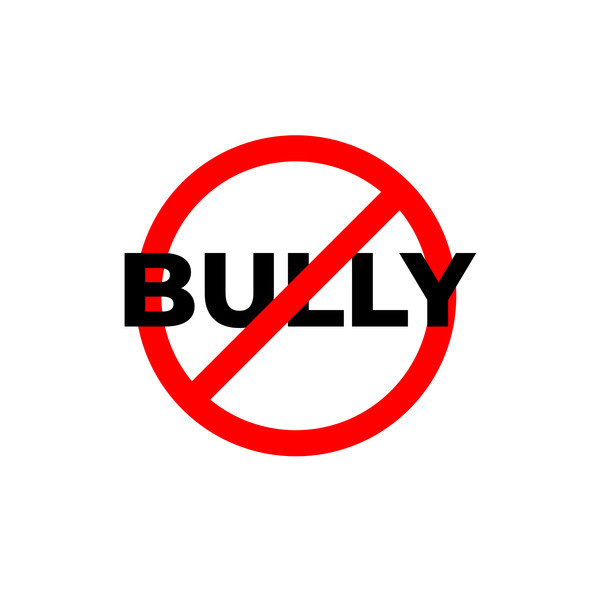Have a child of elementary school age? If so, this may sound familiar. Your child opens the front door, hangs up a backpack, and bursts into tears while sharing that a classmate, fellow camper, or after-school program peer is being a bully. Your heart sinks, and then your inner protective parent-bear begins to gear up for retaliation. “How dare they!” you might think. You might even start planning how you’ll teach that bully a lesson.
Pause for a moment instead and remember that your child needs you right then and there. Parents unfortunately cannot stop all bullies from crossing paths with their children, but they can equip their children with tools for how to manage bullying experiences themselves. Below are three key tips to help you support your children.
Validate first
Before you do anything else, start with validation. Validation acknowledges how a child is feeling without agreeing or disagreeing with the emotional experience. Validating your child’s feelings shows that you hear your child. It helps reduce the intensity of your child’s distress and creates space for more conversation.
You can acknowledge that the bullying made your child sad, mad, worried, or another emotion depending on how your child is reacting at the time. Although your heart understandably may ache and pull you toward trying to make the pain go away, it’s important to send a message that the emotions are helpful and not hurtful to have. Avoid phrases such as, “The bully’s opinion doesn’t matter” or “Don’t cry and let that bully get to you.” Even though they come with good intentions, they communicate that your child’s feelings are invalid or should not be expressed.


Recent Comments